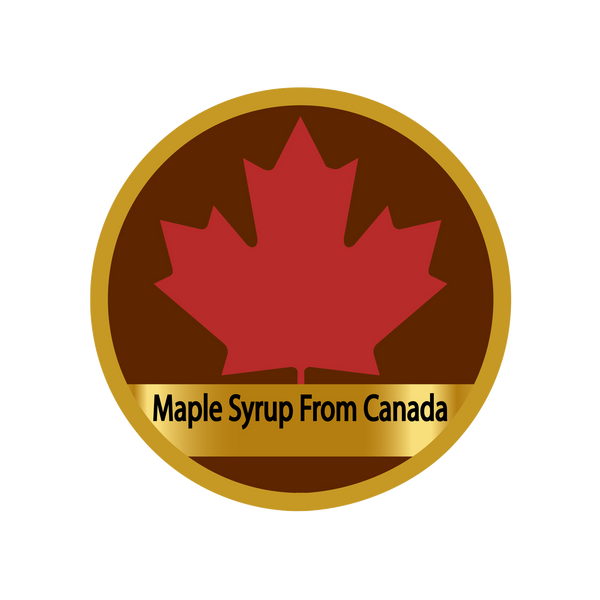Maple syrup, a distinct and sought-after commodity, is rigorously regulated by countries around the world. Importers of this product must fully understand and comply with these regulations to ensure seamless market entry, protect consumers, and uphold their business's reputation. This article discusses the critical importance of knowing food safety and inspection standards when importing maple syrup and offers detailed recommendations on how to source this information, tailored to various regions including Canada, the USA, the EU, and key Asian markets.
Importance of Knowing Food Safety and Inspection Standards
-
Regulatory Compliance: Failure to comply with local food safety regulations can lead to severe legal consequences, including fines, import bans, or seizures of the products.
-
Consumer Protection: Meeting safety standards ensures that the imported maple syrup is safe for consumption, safeguarding public health.
-
Market Access and Expansion: Compliance is often critical to gaining access to and expanding within new and existing markets.
-
Brand Reputation: Maintaining high safety standards helps to build and sustain trust with consumers and business partners.
-
Cost Management: Understanding and adhering to food safety standards from the outset can significantly reduce the risk of costly operational disruptions and product recalls.
Recommendations for Finding Food Safety and Inspection Information
-
Governmental Regulatory Bodies:
- For U.S. Importers: Consult the U.S. Food and Drug Administration (FDA) and the U.S. Department of Agriculture (USDA).
- For EU Importers: Check with the European Food Safety Authority (EFSA) and national food safety authorities in individual EU countries.
- For Canadian Importers: Refer to the Canadian Food Inspection Agency (CFIA) for guidelines.
-
For Asian Importers: Engage with local food safety authorities such as:
- Japan: Ministry of Health, Labour and Welfare (MHLW) provides specifics on food safety standards.
- China: General Administration of Customs China (GACC) and the State Administration for Market Regulation (SAMR) offer guidelines on import protocols and food safety.
- South Korea: The Ministry of Food and Drug Safety (MFDS) for comprehensive import regulations and standards.
- India: Food Safety and Standards Authority of India (FSSAI) for regulatory guidelines and product standards.
-
Industry Associations:
- Associations like the International Maple Syrup Institute can be invaluable for importers from all regions, offering industry-specific guidance and support.
-
Customs Brokers and Trade Consultants:
- Hiring experts who specialize in international trade and regulatory compliance can help navigate complex import regulations, particularly in diverse markets like Asia.
-
Trade Shows and International Conferences:
- Participating in global and regional food industry events is a strategic way to gain insights, network with experts, and stay updated on regulatory changes.
-
Online Resources and Databases:
- Utilize international platforms such as the World Trade Organization (WTO) and the Food and Agriculture Organization (FAO) for comprehensive resources on international food trade laws.
-
Monitor Trade Agreements:
- Keep informed about bilateral or multilateral trade agreements that might influence food safety regulations and import protocols in your target markets.
Conclusion
For businesses aiming to import maple syrup into diverse global markets, understanding the specific food safety and inspection standards of each target country is crucial. This knowledge not only aids in complying with legal requirements but also enhances consumer trust and business viability. By following the tailored recommendations provided for different regions, importers can effectively prepare and adapt to the dynamic global food market, ensuring both business success and consumer safety.

